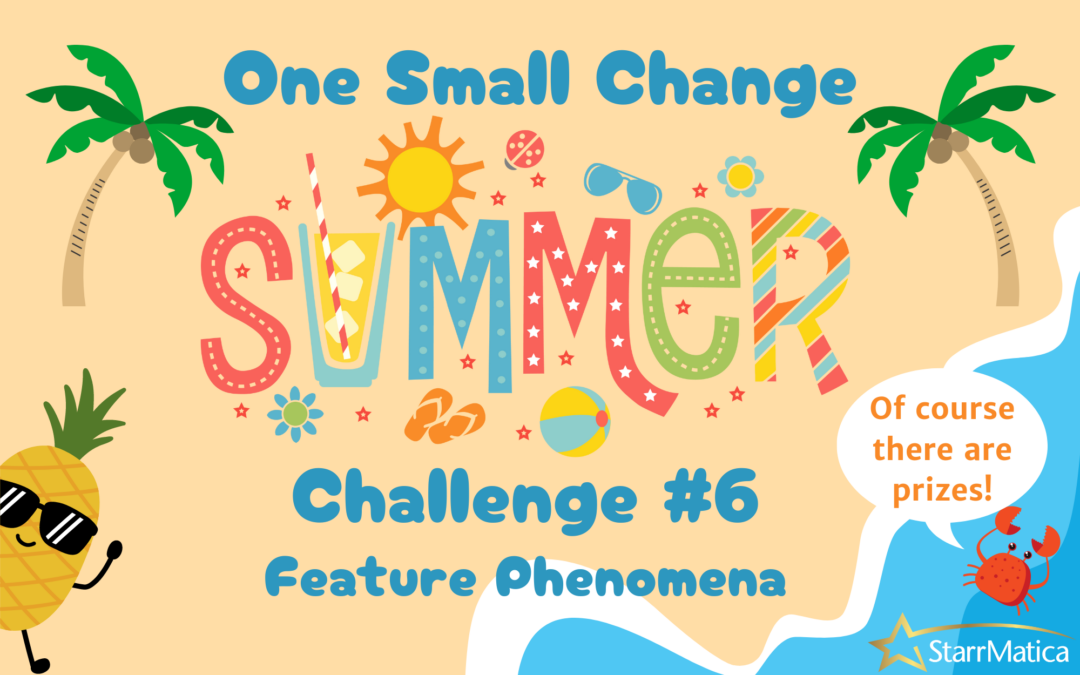New to the “One Small Change Summer Challenge?” Please read this blog post first!
You can find Challenge #1 here.
You can find Challenge #2 here.
You can find Challenge #3 here.
You can find Challenge #4 here.
You can find Challenge #5 here.
(Reminder: You must complete all 7 challenges to be eligible for prizes on September 2nd!)
We’ve explored what books to read, when to read them, and what questions to ask while reading. But how do we get our students excited to read nonfiction? First of all, I want you to know that nonfiction authors have done a lot of the heavy lifting for you. Compelling Topics + Interesting Structures + Engaging Narration = Motivated Readers!
Yet, you can add to that motivation by activating a student’s curiosity using phenomena. Not familiar with phenomena? Check out the video below for a quick overview and practical ideas for your classroom!
Part One:
Watch this short video excerpt from a longer class I offer about integrating scientific thinking and an engineering mindset into your daily classroom routine. In this video, you’ll discover how to use phenomena in your reading block.
Note: This video was removed on September 2nd at the end of the challenge.
Part Two:
To qualify for the prizes on September 2nd, please choose one of your books, visit this Facebook Post, and share in the comments:
-
-
- Choose a nonfiction picture book that aligns with a topic in your curriculum and find a phenomena you could use for a “notice and wonder” before you read. In addition to the ideas I shared in the video, find a few more phenomena pairings on our Facebook page this week.
- Please share in the comments:
- What book and phenomenon pairing did you make?
- Why are you excited to share this pairing? What do you think your kids are going to really like about this phenomenon?
-
See you next Monday!


